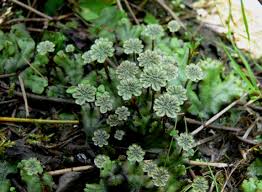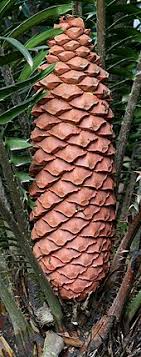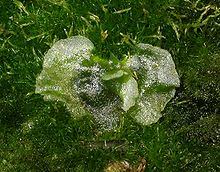Plant kingdom NCERT QUESTIONS
TRUE OR FALSE (T OR F)
Choose weather the statement is True (T) or False (F)
- Algae are of paramount importance as primary producers of energy rich compounds which form the basis of the food cycles of all aquatic animals.
2. In algae, sexual reproduction takes place by fragmentation
3. Fusion between one large static female gamete and a smaller motile male gamete is termed as oogamous reproduction.
4. Algae are largely aquatic, both fresh water and marine.
5. Volvox is unicellular whereas Ulothrix and Spirogyra are filamentous.
6. Phylogenetic classification system assumes that organisms belonging to the same taxa have a common ancestor
7. Red algae occur in both well-lighted regions close to the surface of water and also at great depths in oceans where relativity little light penetrates.
8. Majority of red algae are marine with greater concentrations found in the warmer areas.
9. Chlorella and Spirlina are unicellular algae.
10. Green algae may be unicellular, colonial or filamentous.
11. The members of Phaeophyaceae are found primarily in the marine habitats.
12. The liveworts grow usually in moist, shady habitats such as bark of trees and deep in the woods
13. Since mosses form dense mats on the soil, they reduce the impact of falling rain and prevent soil erosion.
14. Red algae reproduce asexually by motile spores and sexually by non motile gametes.
15. Bryophytes play an important role in plant successionon bare rocks/soil.
16. The main plant body of the bryophte is haploid, it produces gametes.
17. In gymnosperms, the male gametophyte is highly reduced and confined to only a limited number of cells.
18. The gametophytes in heterosporous pteridophytes are retained on the parent sporophyte for variable periods.
19. In gymnosperms ovules are exposed both before and after fertilisation.
20. Protonema is directly developed from spore in mosses.
21. In mosses, the second stage is leafy stage which develops from the promary protonema as a lateral bud.
22. The leaves in pteridophyta are small (microphylls) as in Selaginella or large (macrophylls) as in ferns.
23. Prothallus is small, unicellular, free living gametophyte.
24. Equisetum does not bear cones as it is homosporous.
25. Most algal genera are haplontic, some of them are haplo-diplontic.
26. In gymnosperms, the megaspore develops into multicellular female gametophyte that bears two or more archegonia.
27. In haplontic life cycle, sporophytic generation is represented only by one celled zygote.
28. In gymnosperms , the pollentube carrying the male gametes grows towards the archegonia and discharge their contents near the mouth of the ovule.
29. Double fertilisation is unique to angiosperms.
30. In angiosperms, the embryo sac formations preceded by meiosis.
ANSWER
1. (T) 2. (F) 3. (T) 4. (T) 5. (F) 6. (T) 7. (T) 8. (T) 9. (T) 10. (T)
11. (T) 12. (T) 13. (T) 14. (F) 15. (T) 16. (T) 17. (T) 18 (T) 19. (T) 20. (T)
21. (F) 22. (T) 23. (F) 24. (F) 25. (T) 26. (T) 27. (T) 28. (F) 29. (T) 30. (T)
QUOTE :- “IF YOU CAN’T FLY, THEN RUN.
IF YOU CAN’T RUN, THEN WALK.
IF YOU CAN’T WALK, THEN CRAWL.
BUT WHATEVER YOU DO, KEEP MOVING.”




1 thought on “plant kingdom neet questions”